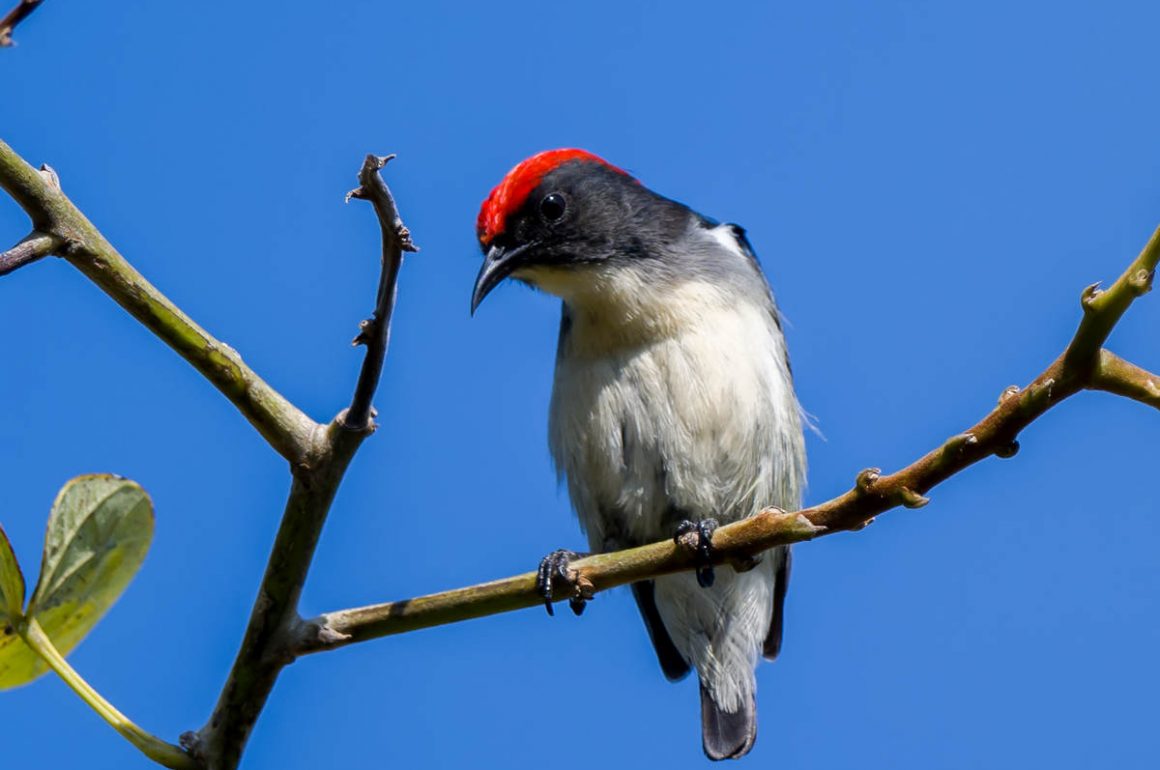
Continuing the bureaucratic approach of a previous post, this one covers the Jianfengling birds with names starting from I to Z. The German approach to writing blog posts.
This may be a Green-billed Malkoha. Hard to tell as the supposedly green bill is not visible at all. A bit like showing a photo of Mr. Trump without his hair.
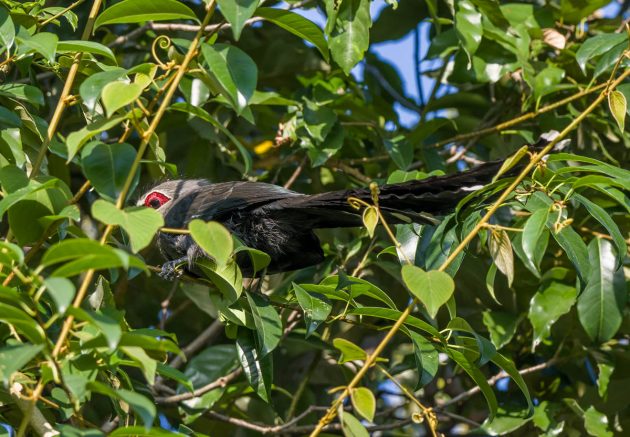
The Trump hair reference allows for a smooth transition to the next bird, the Lesser Yellownape. I am sure this will turn both fans of woodpeckers and of Mr. Trump into my enemies.
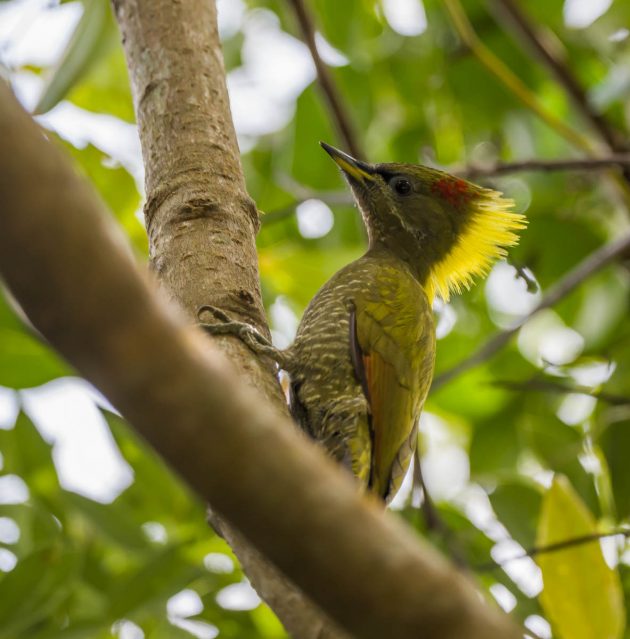


I can see and hear the Light-vented Bulbul (it is also the call sound on my mobile phone). But here on Hainan, there is a different subspecies with an all-black crown.
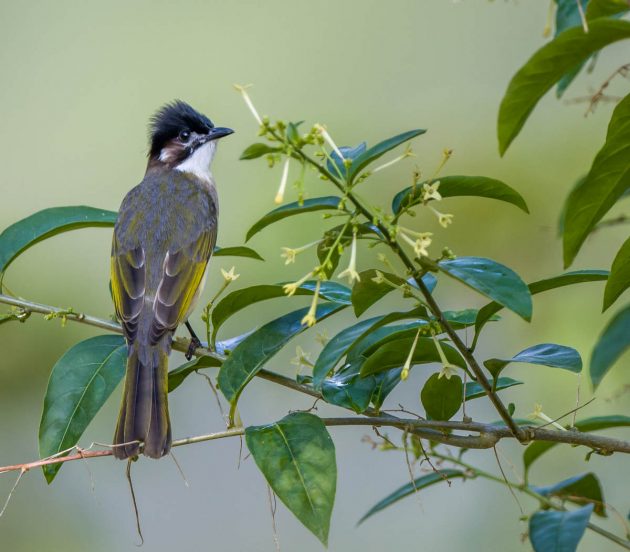
Here’s the Shanghai version: crown partly white.
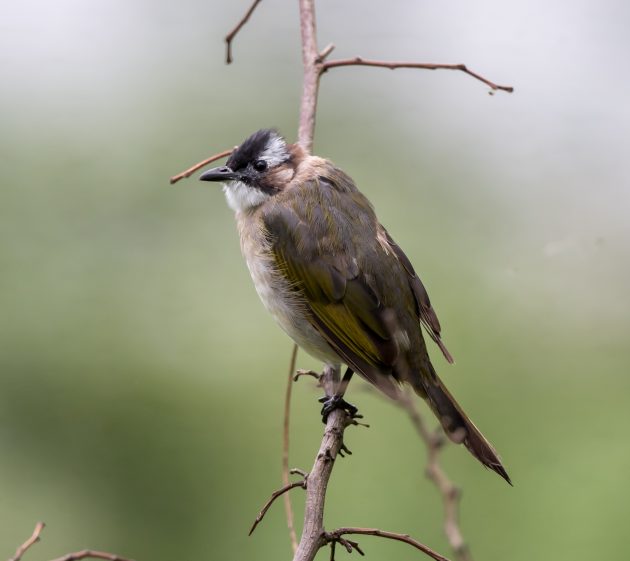
Mugimaki Flycatchers can be seen in Shanghai, but they are clever enough to spend all winter in a more pleasant place than cool and wet Shanghai. Cleverer than me then.
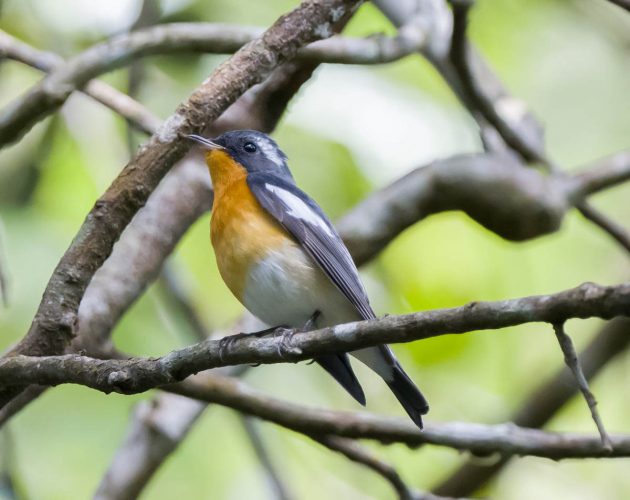
The olive back is pretty much the least interesting part of the male Olive-backed Sunbird.
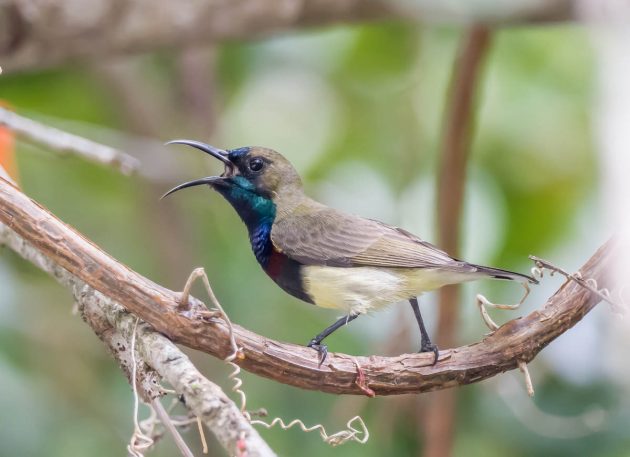
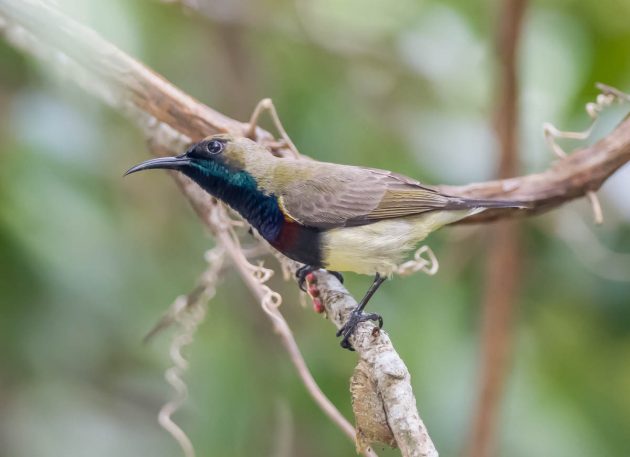
As far as I know, neither male nor female Orange-bellied Leafbirds understand German. That is a pity as they could otherwise enjoy the rather clever lyrics in the Bernd Begemann song “Unoptimiert”.
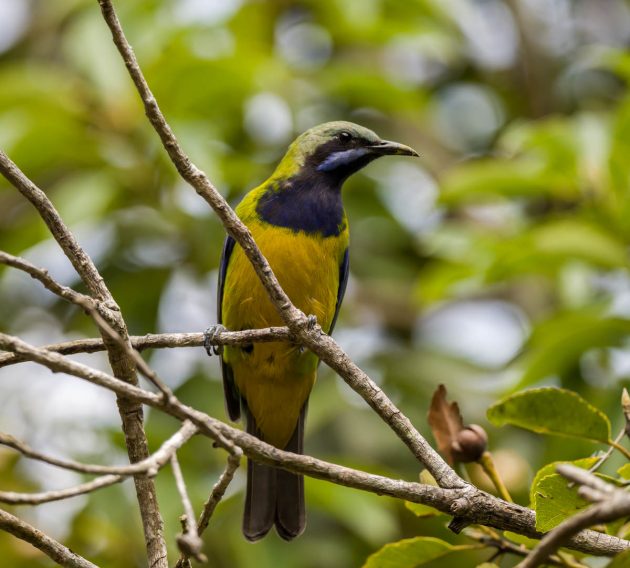
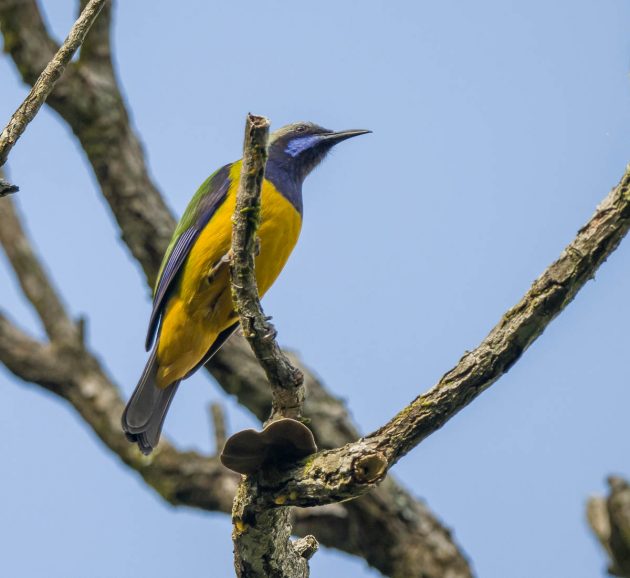
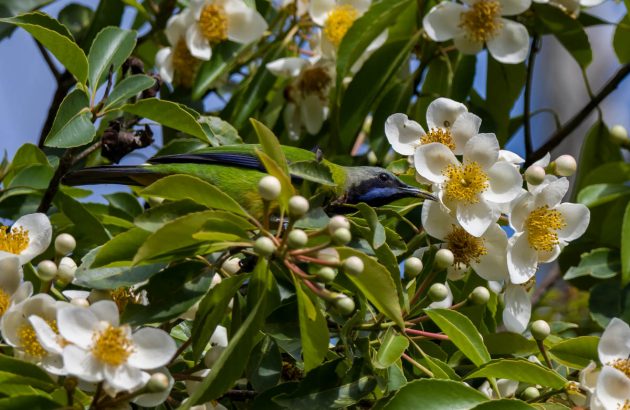
The Plain Flowerpecker was named after Lady Lucia Plain (1835-1899), a British ornithologist and bird illustrator who despite her misleading name was actually regarded as one of the most beautiful ladies of her generation.
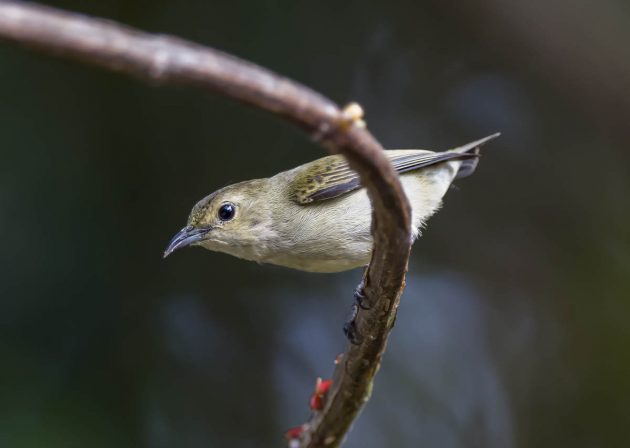
The first photo below explains nicely how the Puff-throated Bulbul got its name. Strangely, the other two photos do not.
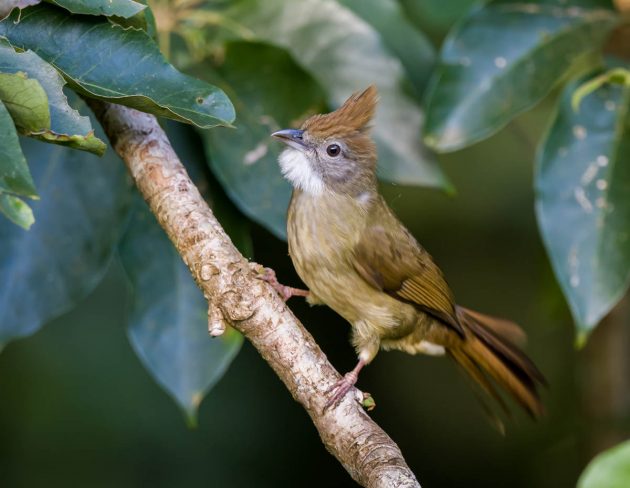
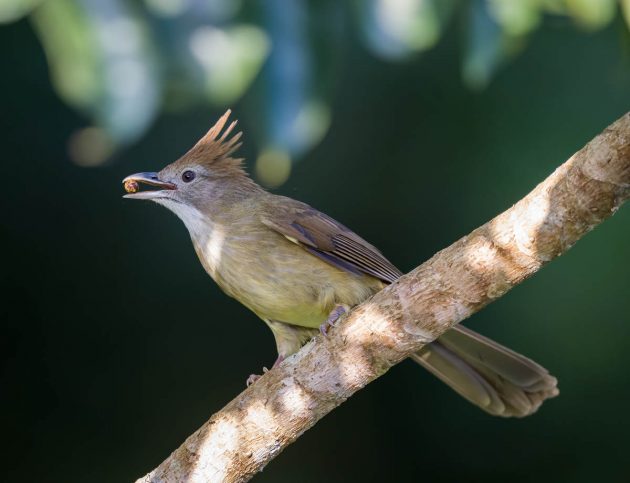
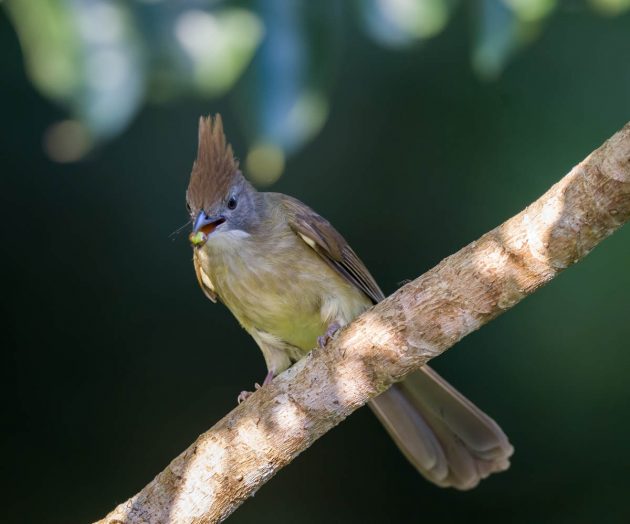
If you ever need a photo that fails to properly highlight the most interesting feature of the Ratched-tailed Treepie, the tail, please feel free to use the one below.
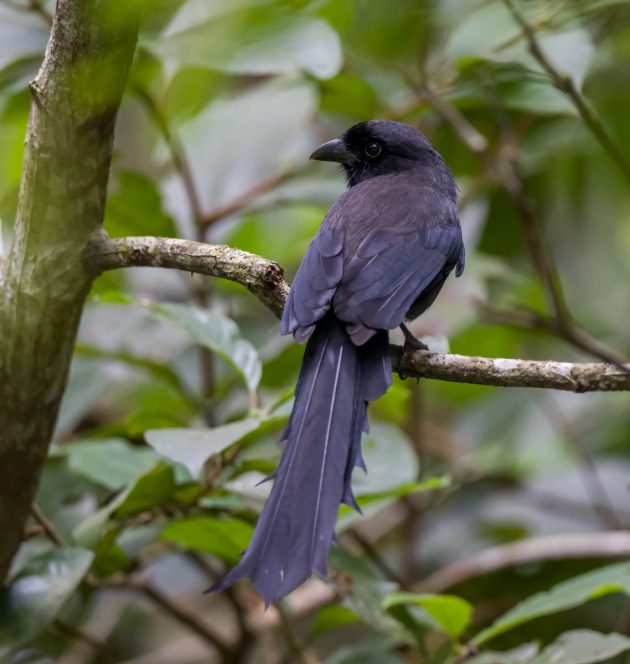
It seems eBird is not a great fan of the Red-headed Trogon, describing the species as “sluggish and typically stationary and difficult to see”. As usual, I captured the red-headed male not as well as the brown-headed female.
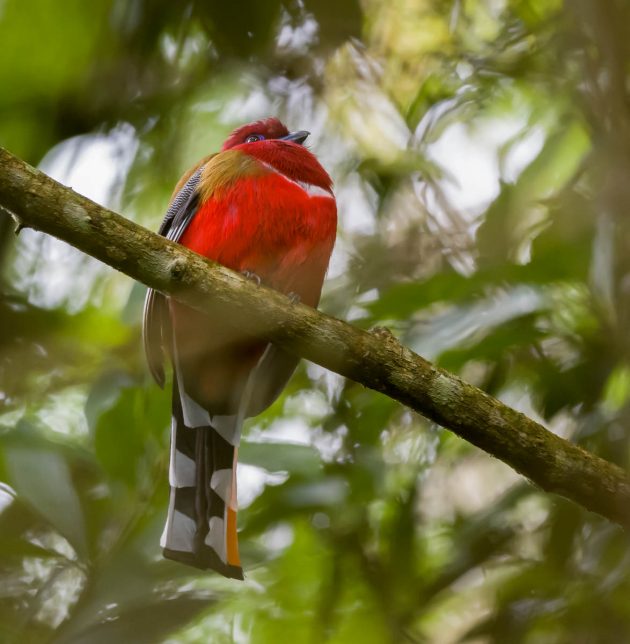
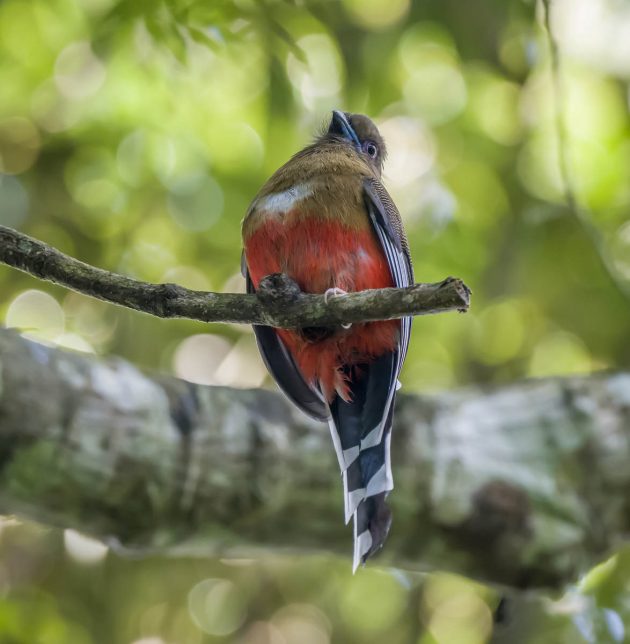
For Scaly-breasted Munia, HBW has the titillating bit of information that “some nests contain large broods of mixed ages (e.g. both newly hatched and well-advanced young, or fresh eggs laid alongside brood of advanced nestlings), and suspected instance of three adults building a nest”. This is how the Roman empire ended as well, I believe.
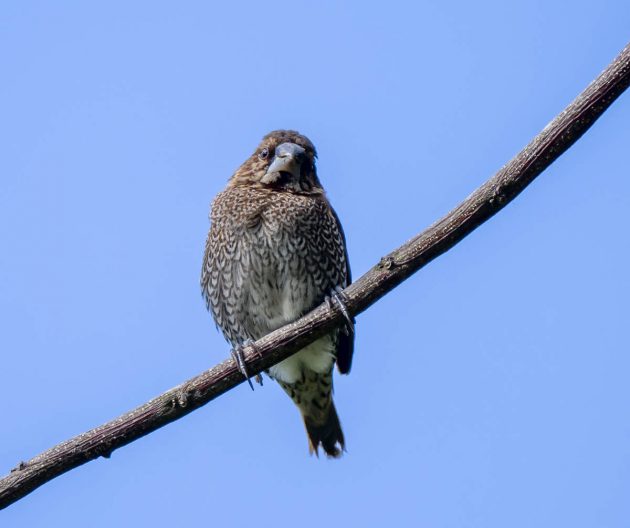
The male Scarlet-backed Flowerpecker is a small, rather cool-looking bird with a Latin species name (cruentatum, “blood-stained”) that is more exciting than the English name.
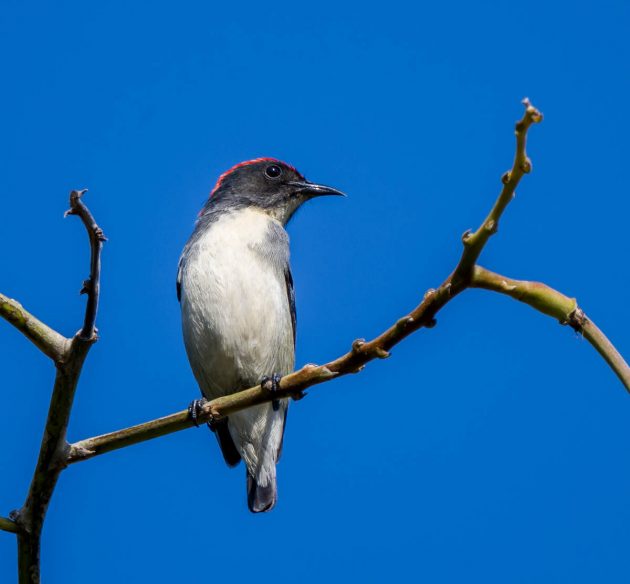
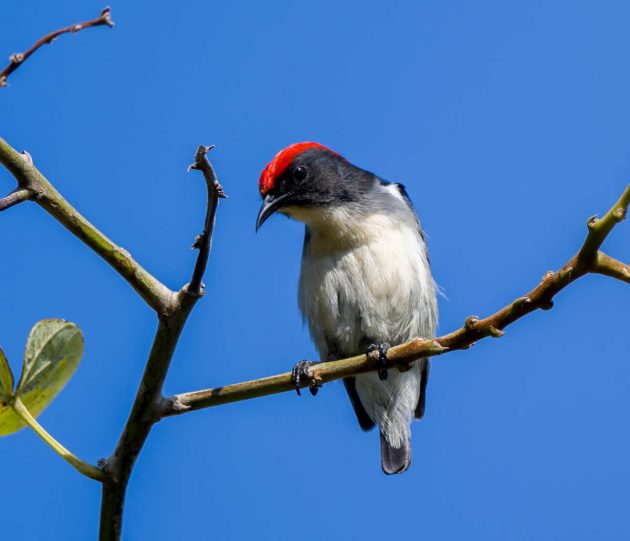
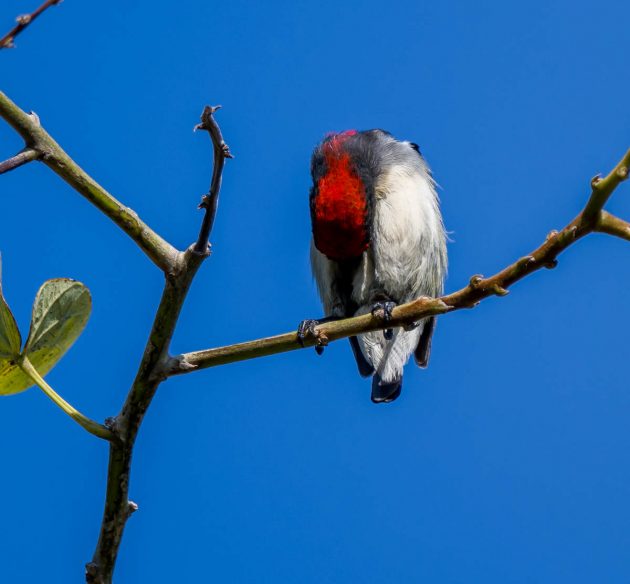
The Scarlet Minivet is the other common minivet here at Jianfengling – the Grey-chinned was already mentioned in the post on the A-H birds of Jianfengling. Blame my unconvincing split for putting these two minivet species into different posts. Anyway, this one does not have a grey chin, so the identification is fairly straightforward.
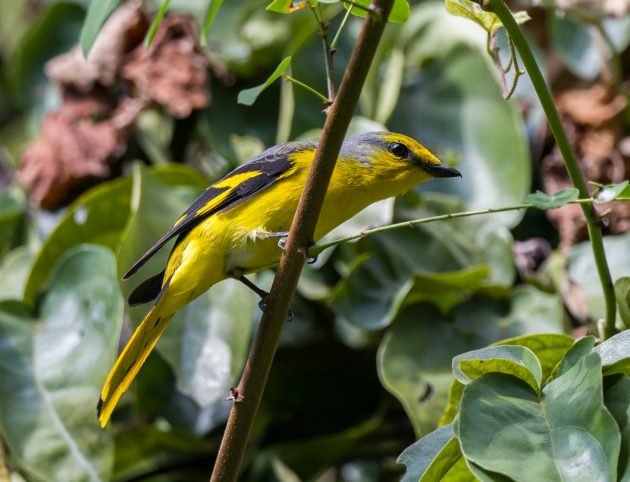
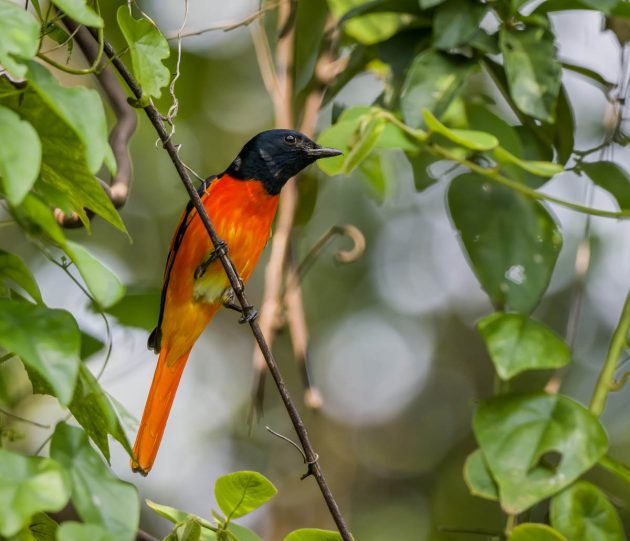
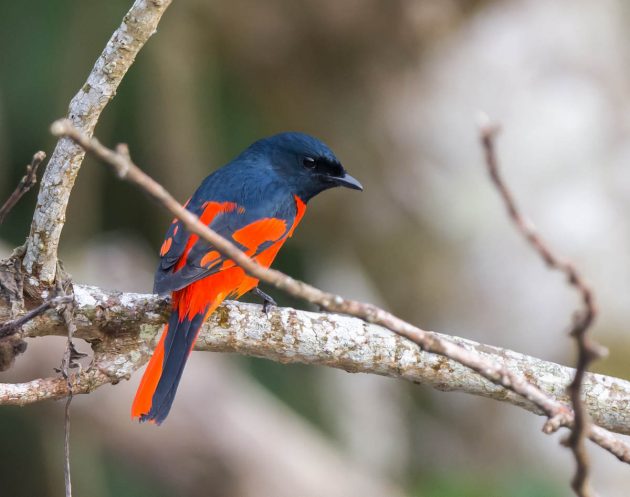
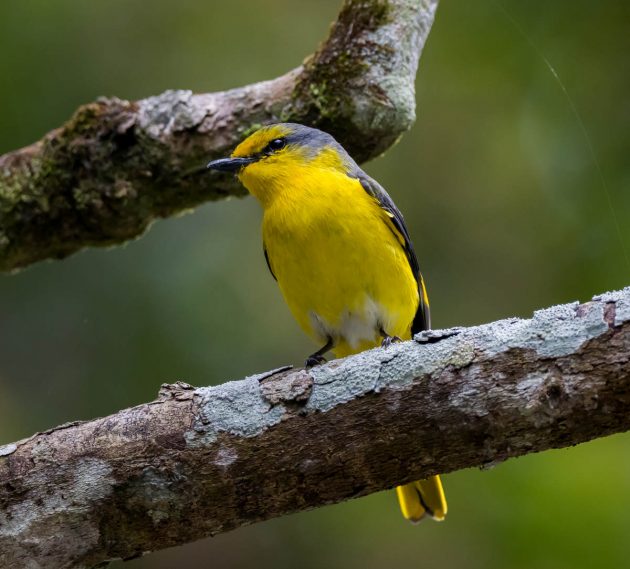
The Spot-necked Babbler is usually quite secretive but occasionally ponces around like an overly confident and/or drug-addled pop star (Shaun Ryder?). But only for a few seconds. Then it is back to calling invisibly from the undergrowth – after all, the bird is “shy and skulking”, according to the HBW.
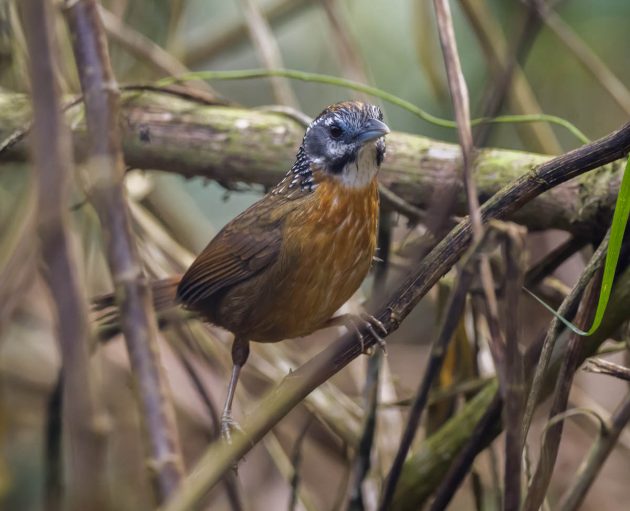
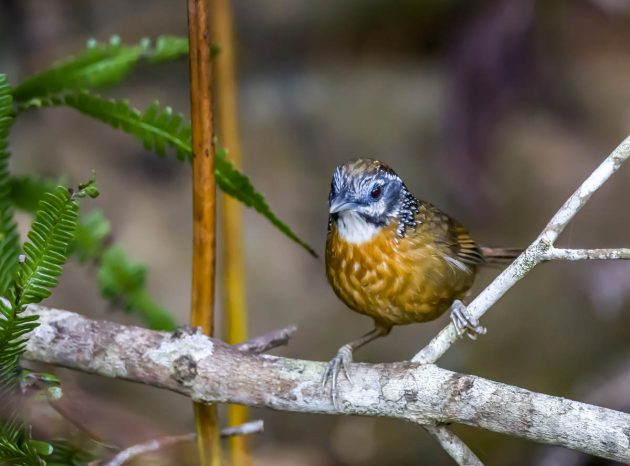
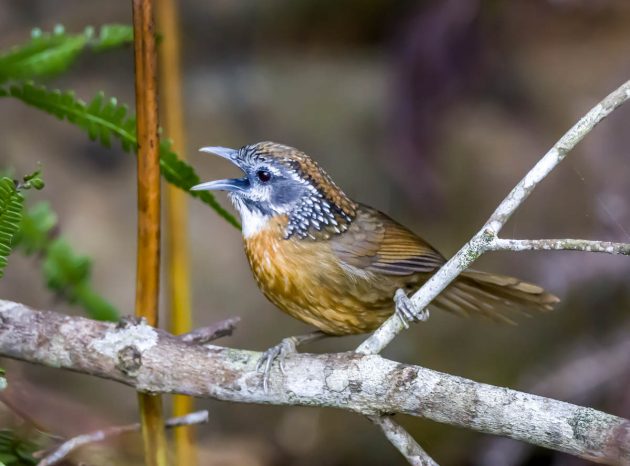
Streak-breasted Scimitar Babblers usually hide in the undergrowth. Only now and then do they come out in the open in an obvious attempt to look thoughtful.
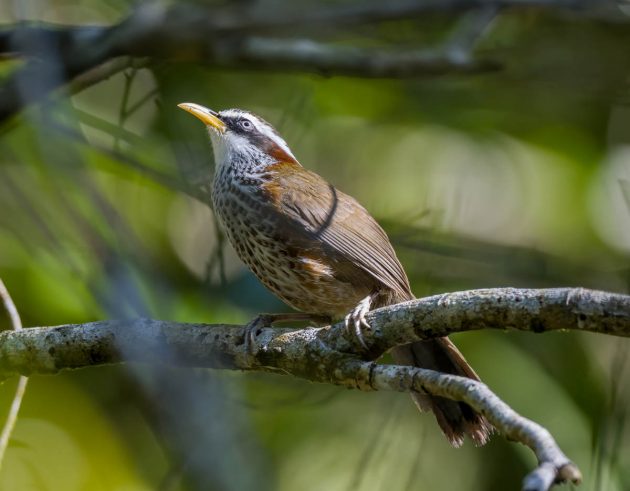
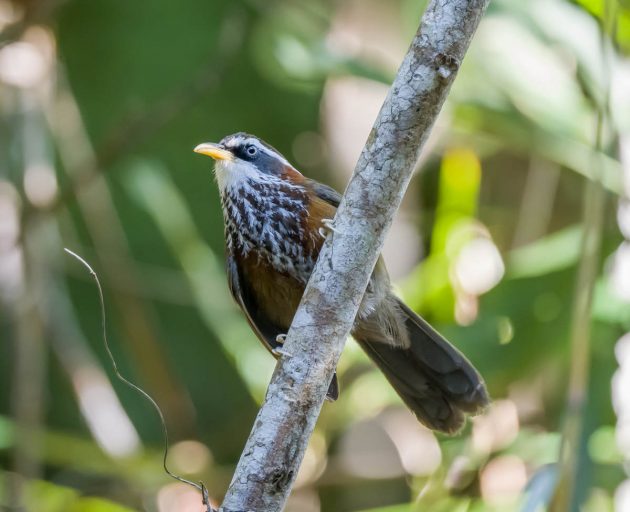

This Sultan Tit has just come back from a creative writing workshop, where it was told to “avoid cliches like the plague”. Taking this to its heart, it refused to show its characteristic yellow crest.
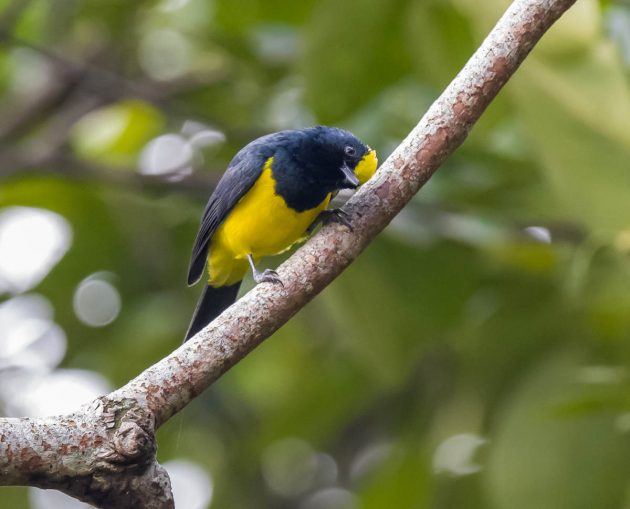
The White-bellied Erpornis is probably my soulmate among the yuhinas as the HBW claims that the species is “less gregarious than other yuhinas”.
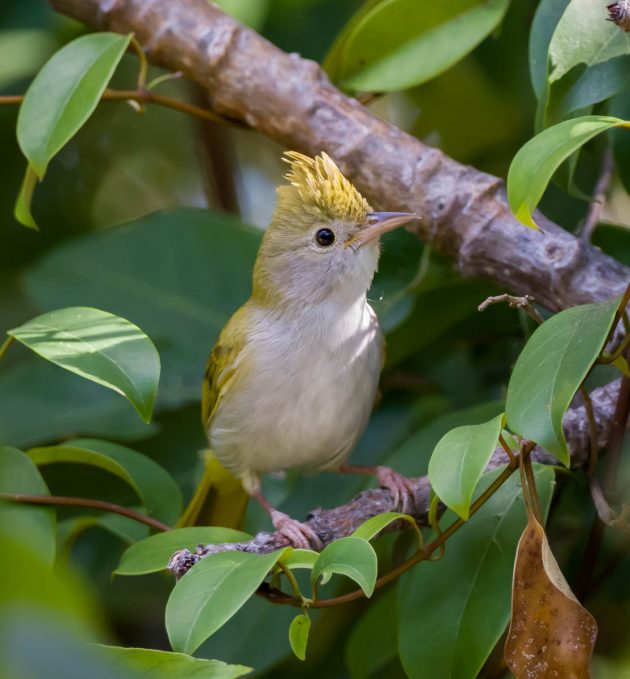
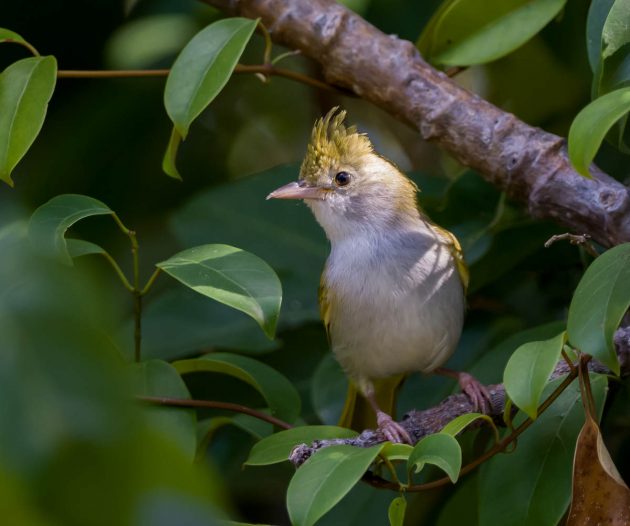
It also looks quite cute, particularly when partly hiding behind a leaf.
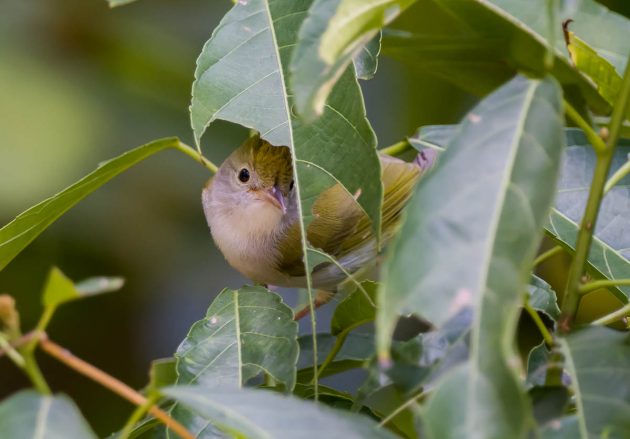
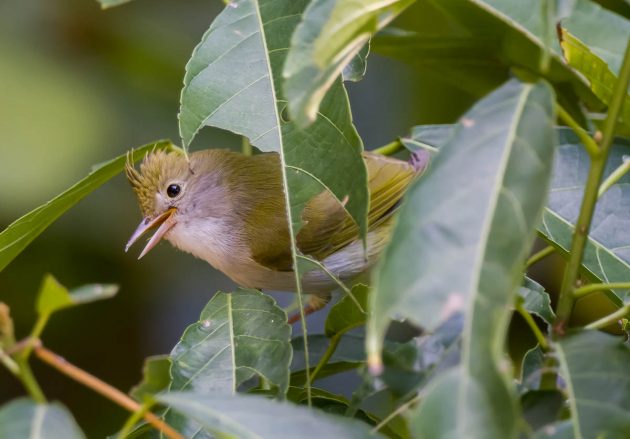
And it looks more like a real bird than the Yellow-billed Nuthatch – to me, the yellow eyering looks rather fake, but then, I did not design the bird.
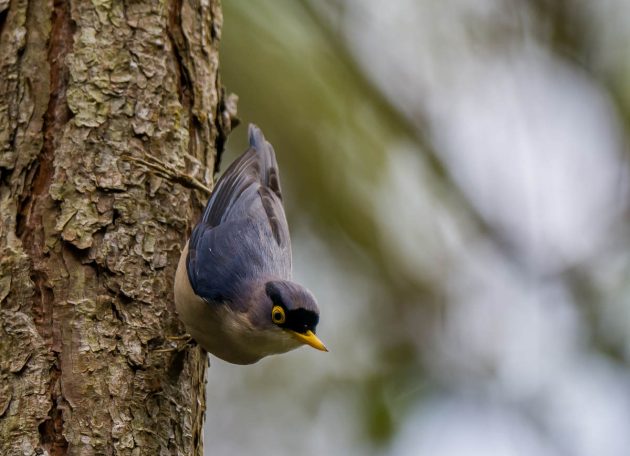
This nuthatch is near-threatened as it is restricted to some slightly elevated forested areas, and for example on Hainan, the forest cover declined by 72% between 1949 and 1981, leading the HBW to conclude that “the species’ future on Hainan is far from secure”.
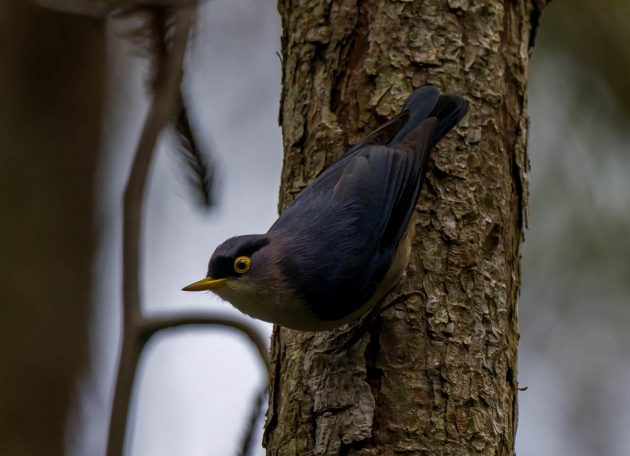
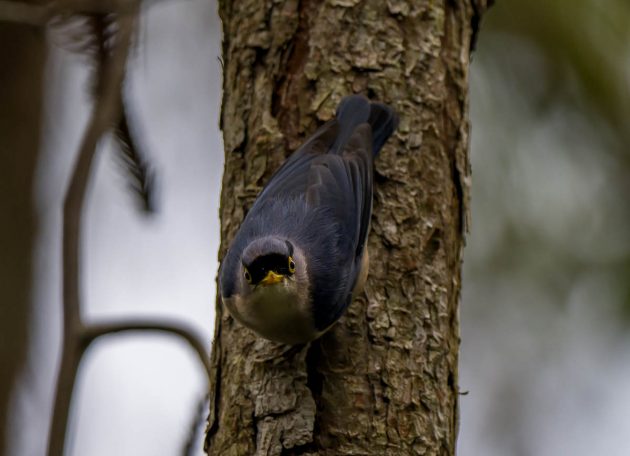
Unfortunately, some of the trees of Jianfengling are marred by vandalism. One would think that graffiti artists should strive for high visibility, but these works are actually kind of hard to spot.
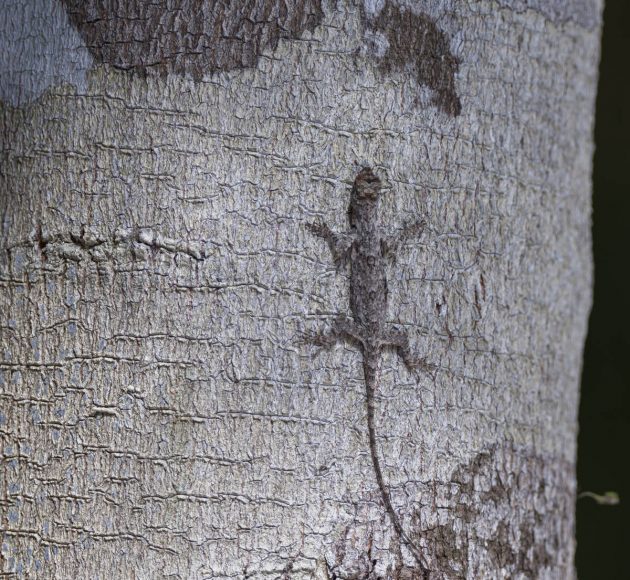







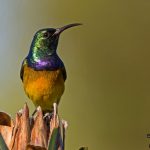


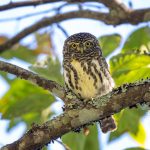


Beautiful photos as always! Thank you….
Thank you Kai, wonderful photos of many birds I’ve never/barely heard of to cheer me up during this lockdown!